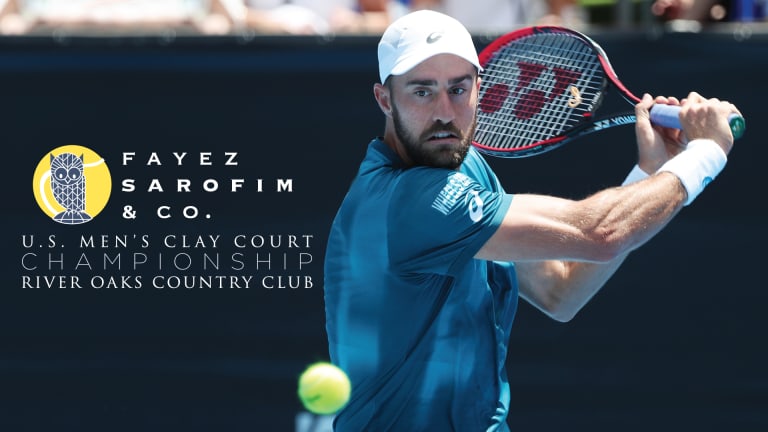These are heady days for a soon to be 33-year-old American tennis player who has long been admired for the depth of his devotion to the game he plays for a living, and the scope of his ambitions. He is a fellow held in high esteem among his colleagues, an earnest individual who has handled disappointments graciously, and a man who has worn success handsomely. He is someone the fans have admired immensely.
Above all else, John Isner seems to have a realistic vision of who he is, where he is going and what he wants. The view here is that he just might be moving into the most productive period of his career. He concluded eight consecutive years (2010-2017) entrenched in the ATP Top 20, breaking into the Top 10 briefly in 2012. But now he is back to a career high at No. 9, and poised to climb higher. The week before last, Isner secured his first career Masters 1000 crown in Miami. This past weekend, he helped lead the U.S. past Belgium into the semifinals of Davis Cup, contributing an opening day singles triumph over Joris De Loore.
After his stirring run in Miami—which included victories over three of the sport’s Top 6 players (Marin Cilic, Juan Martin del Potro and Alexander Zverev)—Isner spoke in his press conference about the extraordinary contributions made to his cause by his coach David Macpherson and his chiropractor Clint Cordial. His laudatory remarks about those two individuals put into perspective that no one can succeed at the highest levels of the game without a closely-knit team.
Speaking of the affable Macpherson and the role he had played in the landmark Miami triumph, Isner said, “We hashed out—and especially I hashed out—what had been holding me back, and it’s not more reps on the court. It’s not more in the gym. I have been doing that. It was just mental things and myself being tight and tentative on the court that was holding me back. That’s the reason I was losing close matches. We cleared that hurdle this week. I went into every match super fresh mentally. After each match that I won, we would have dinner, and we kept hammering that point. Just be loose and I will be a force if I can play freely. I was able to do that.”
Match point from Isner's win over Zverev to earn the Miami Open title:
